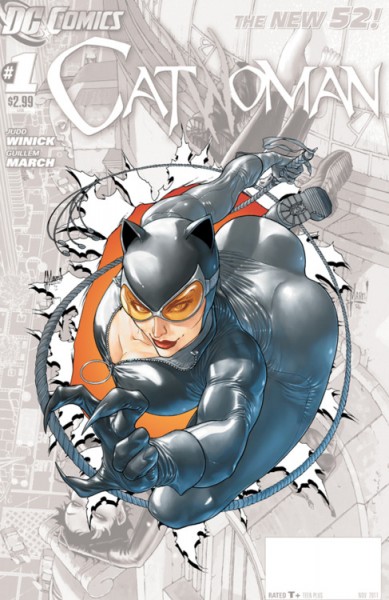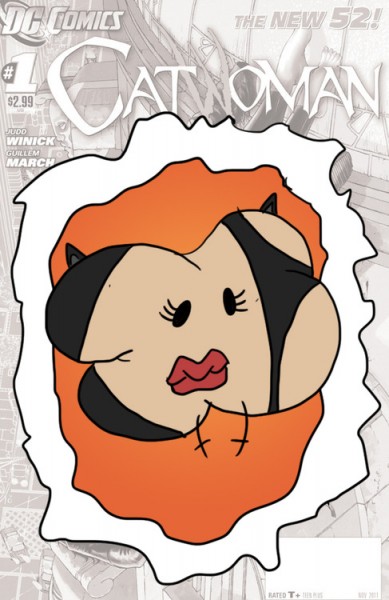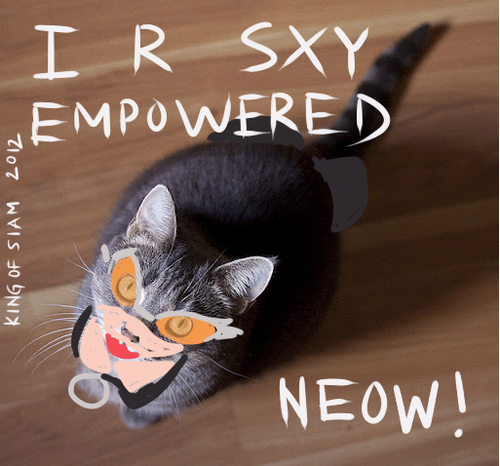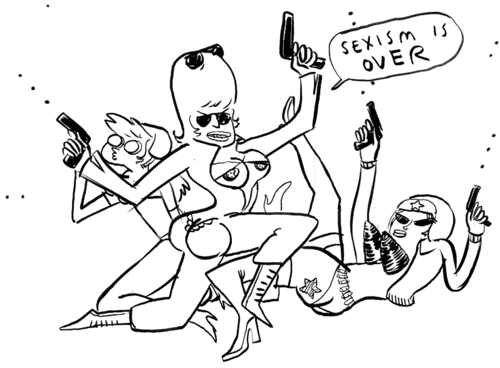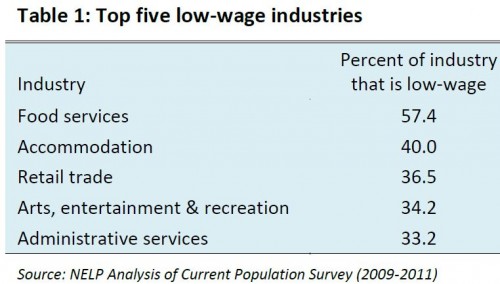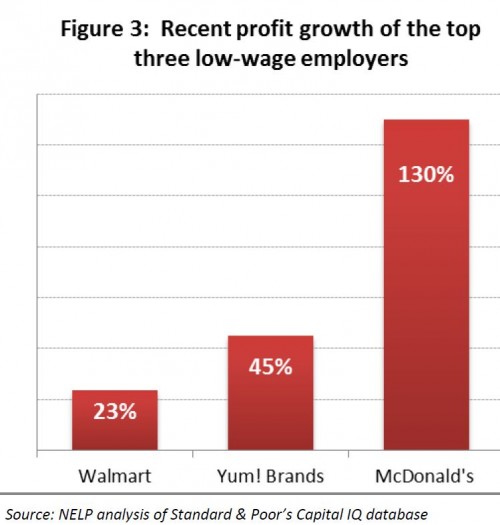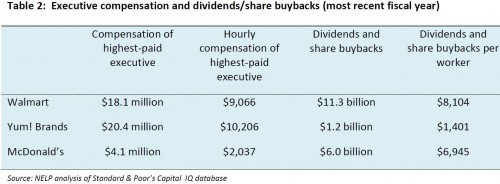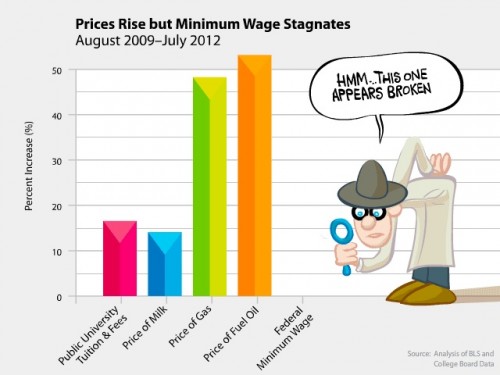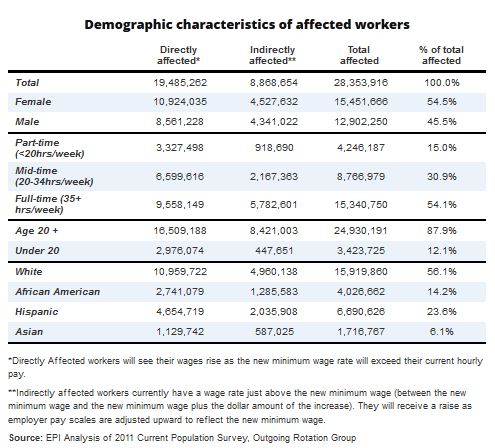Part of the challenge of taking care of a blog involves keeping the archive alive. One way to do that is to link readers to older posts they they might be interested in. We do that, in part, with an automated process called Link Within. When we publish a post, the program searches our archive for similar posts and includes a set of thumbnails at the bottom that readers can click on if they’d like to know more.
At the bottom of a recent post about the role of carrots in World War II, for example, linkwithin offered these options:

There are pitfalls to this type of program that illustrate a bigger problem involved with talking about social inequality. A reader named Sarah C. emailed us the following observation in response the thumbnails that followed a post about the sexual objectification of women:
I wanted to point out the dissonance I feel when I spend time reading a thoughtful article about gender equality and then when I finish the bottom of the page greets me with a line of 100 x 100 px images of sexualized womens’ bodies. They are the same kinds of images I would see browsing Cracked or College Humor, or other mainstream sites. The Huffington Post does it too – sites claiming to be (and often actually are) more or less progressive are using sexist tactics to get people to click, or at least that’s what it seems like…
I think it’s great to include examples of objectification in your posts in order to illustrate your point. But using those images as a thumbnail gets you the wrong attention. It feels hypocritical, or at least incongruous with your blog’s goals.
Since the thumbnails are automatically generated, we don’t actually know what the thumbnails will be until we see the published post on the site. So, upon seeing Sarah’s screenshot of the thumbnails, I was taken aback. I understood immediately why she felt compelled to send us an email.
The phenomenon goes far beyond thumbnails. Even if we did away with Link Within, our posts on the sexual objectification of women would include images that sexually objectified women. We are Sociological Images, after all. So our posts drawing attention to and criticizing the phenomenon also reinforce it. It’s two steps forward and one step back, plus or minus a step.
But even if we weren’t an image-based blog, even if we simply discussed sexual objectification without an accompanying visual, doing so would remind readers that women are objectified, that they need to worry about how their bodies look, and that they’re being judged by their appearance. At least one study has demonstrated that simply being exposed to objectifying words, devoid of imagery, can increase the degree to which women self-objectify.
Talking about sexual objectification always threatens to deepen the degree to which people feel sexually objectified, even if that is the opposite of one’s intention. This phenomenon applies just as well to other forms of oppression. Talking about the way in which state policies help or hinder Mexican immigrants to the U.S., for example, potentially further entrenches the idea that all Latinos are “illegals.” Pointing out under-development in parts of Africa potentially affirms the notion that all of Africa is economically backward or politically corrupt. Referring to women’s lack of representation in math and science may make women even more anxious about pursuing these careers.
This is one of the ways that power works. It co-opts the strategies available for fighting back. Power is flexible and accommodating, it controls and convinces through all possible channels, it finds ways to infiltrate all mediums. This is why it’s so hard, in the first place, to eradicate prejudice and inequality.
Coming to our blog is, for these reasons, a scary proposition. Because we sometimes talk about ugly things, there will be ugly things here. Taking out the thumbnails won’t change that; neither would deleting all of the images we reproduce. Deleting all posts that address inequality would, but then we would be silently complicit with the status quo. So, we keep blogging, and we keep uploading, and we keep trying to engage our readers further… for better or worse.
Lisa Wade, PhD is an Associate Professor at Tulane University. She is the author of American Hookup, a book about college sexual culture; a textbook about gender; and a forthcoming introductory text: Terrible Magnificent Sociology. You can follow her on Twitter and Instagram.












